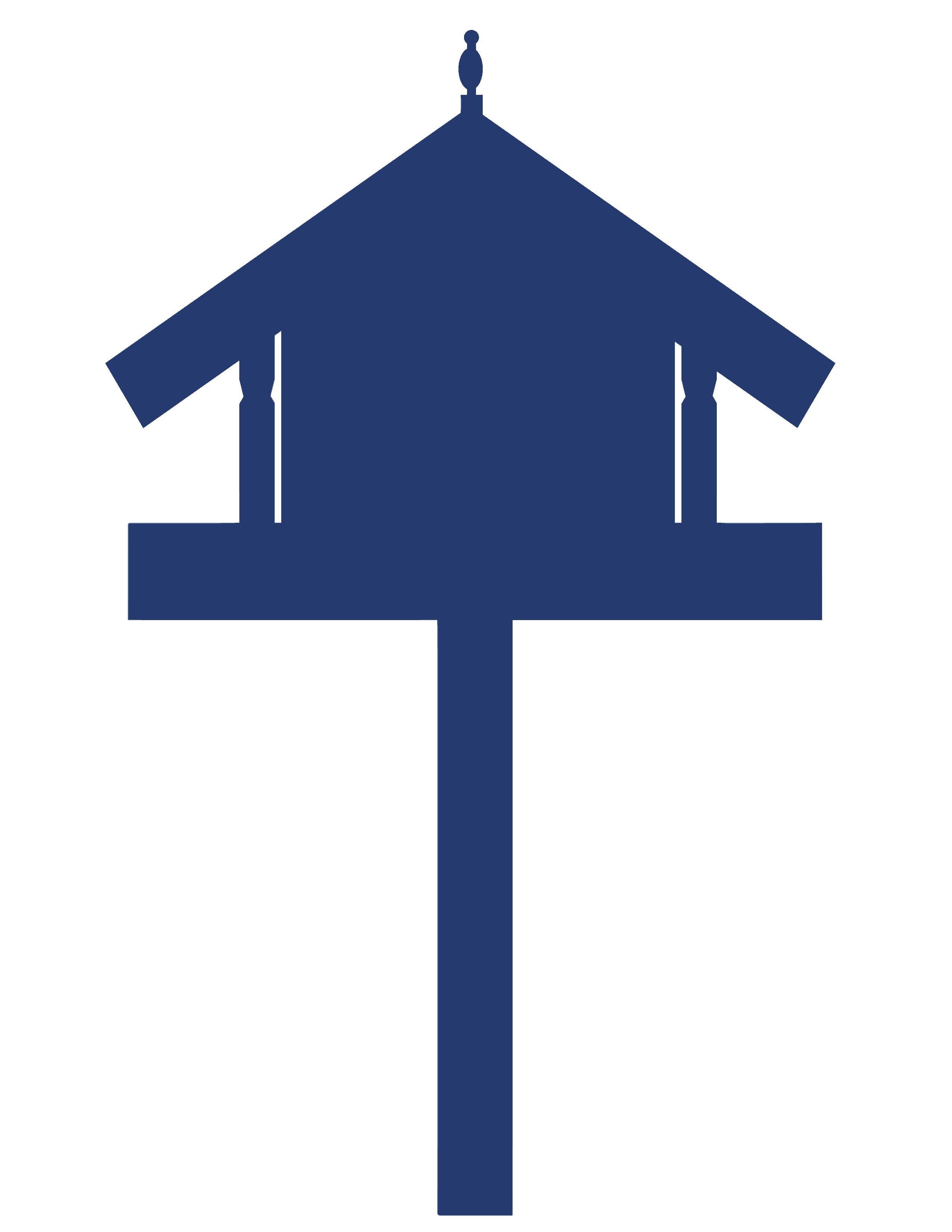Spatial-geometric puzzles
The purpose of this resource is to provide suggestions to whānau about how 3D puzzles can support maths learning.

About this resource
This section provides some ideas for how you can raise awareness and share mathematics using everyday experiences and resources found around your home. It includes ideas for supporting your children’s learning in all areas of mathematics: geometry, measurement, statistics, algebra, and number.
This page provides suggestions as to how mathematics conversations can be facilitated at home when doing puzzles.
Spatial geometric puzzles
These are usually 3-D puzzles such as the Rubik’s Cube, tangram sets, or wooden objects that come apart and can be reassembled. Exploring spatial puzzles, how pieces fit together, or how a pattern can be transformed, is related to developing spatial awareness, which is a key element of geometry.

The more children play with and explore shapes, the more likely they are to develop the ability to work mentally on an object. Again, working logically and being persistent are opportunities created by these types of puzzles.

The quality of the images on this page may vary depending on the device you are using.


